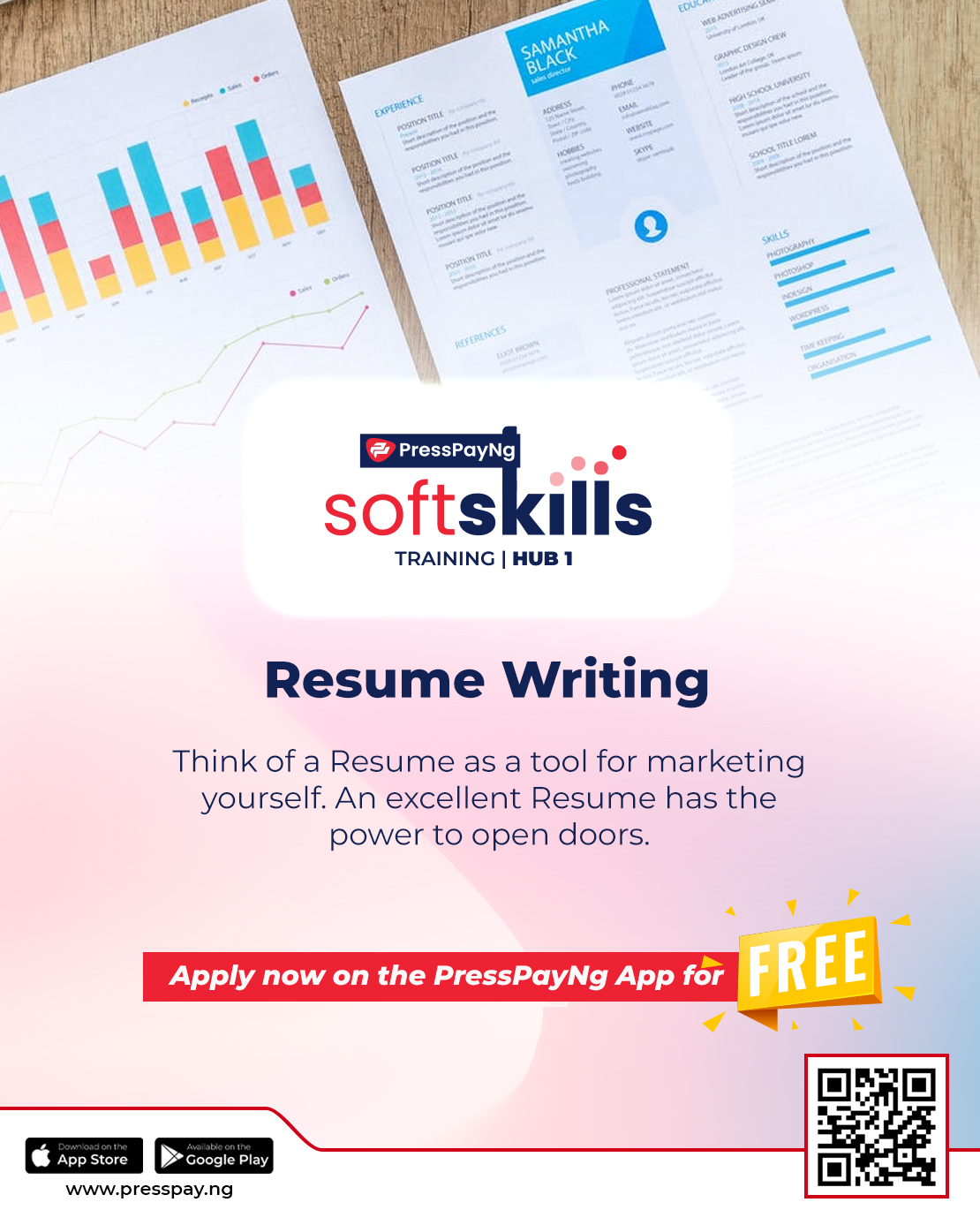How to Start a Tech Company With Less Than $100
It used to be that if you wanted to start a high-tech, high-growth company with no money, you needed to line up millions of dollars in venture capital. Let’s be honest. That’s a scary proposition that most entrepreneurs don’t even have the connections to make happen.
This leads to a lot of otherwise smart people sinking what money they do have into a bottomless pit of incompetent technical talent and Ponzi-style marketing schemes.
But if you ask me why only one out of every 10-ish VC-funded high-tech, high-growth startups make it, I’ll tell you that the dirty secret is that no one knows if a high-tech, high-growth startup is going to be successful until it’s successful.
Money gets raised, money gets lit on fire, and then nine times out of ten everyone moves on and never speaks of the venture again. Or to the founders.
Look. There’s another way. It’s never been easier to rely on no-code, low-code, open-source, third-party tech to build a technical product from the ground up, take it to market, and start generating revenue and proving viability. And it’s only getting cheaper.
VC Strategy But With My Own Money
Along with working with and advising dozens of innovative VC-funded high-tech, high-growth startups, I’ve been building and running my own tech startups for 25 years. Out of my own pocket.

And I’m talking Old Navy pockets, or maybe Banana Republic pockets in a good month. Certainly not Brooks Brothers pockets or 7 For All Mankind pockets (I have a friend who is into those, I had to ask him what they were called again).
Three years ago, I started another in a series of fully functional digital companies for less than $100. Within six months, that company was scalable and profitable at less than $100 in monthly spend. Six months after that, I had generated more than $20,000 in revenue at 80% margin.
Now, these numbers aren’t likely to blow you away, but they’re real. And that’s my point. I’m using the same strategies I use when I’m working with a multi-million-dollar funded company, but I’m thinking big, and acting small — until my results allow me to act big.
Then I either stick with it and build the business I’ve always envisioned, like I did with Intrepid Media, or sell the business to an acquirer and let them run with their version of my vision, like I did with ExitEvent.
What I’ve learned is that the primary reason why tech companies are so attractive is that they aren’t nearly as resource limited as most startups. I don’t have to add people to add revenue, I only have to add automation and integration. Intrepid Media and ExitEvent had one full-time employee. Me.
You simply couldn’t do this five years ago as a lone wolf unless you were a software developer. You can now.
This Isn’t Get Rich Quick
In fact, it’s the opposite. Sorry to disappoint.
You can definitely use off-the-shelf no-code and low-code software solutions to hack together a digital startup in 24 hours for less than $100 or even for free. But any experienced entrepreneur will tell you, starting a company doesn’t make you successful. In fact, your company actually starts bleeding money from day one.
So let’s clarify a few things.
First, you need to bring your own brilliant idea. This is not about building your business. It’s building your digital infrastructure. It’s building the digital factory that makes and markets your digital product. You can use these tools to help design, build, market, and even sell your product, but they won’t do any of that for you.
Second, you need relentless execution. You still need to figure out growth and scale on your own. That’s why you’re the CEO.
Third, you need time. You can get started quickly, but you’ll still need to learn and customize everything to your unique business model, product, and organization.
And then finally, you need to figure out the basics. I’m not going to cover simple tech like a domain name or social media accounts. I’m also not going to get into the legal stuff like incorporating (see your state/regional guidelines) or cap tables (just use Carta and talk to an attorney first). Use the Google for everything not covered here.
To summarize, you won’t be successful with this or any kind of business unless you have a fantastic idea, a stellar business model, and you spend time and money on finding product-market fit, scale, marketing, and sales.
But you can do that. Almost anyone can do that. It’s all launch-measure-cut-repeat. And if your idea or business model are garbage, better to find out for a few hundred dollars rather than a few million.
The key is this is all free or cheap, legitimate, easy to get started with, and should grow with you. Oh, and for the record, I’m not being paid or otherwise receiving any kickback. And these recommendations and opinions could change. Tech moves fast and I’m not in this to make friends. I’m in it to make more and better entrepreneurs.
Your Digital Presence
I’m going to focus this first article on one area.
Your digital presence will be your most complex decision, and rightfully so, because it’s the thing that creates what you sell and/or provides the place to start selling it. It’s your product, your company, your technical infrastructure.
You have essentially four levels of complexity to start from, depending on how deep you want to get into the weeds on day one. I’ll begin at a high level and drill down into more complexity.
If you’re building something that doesn’t require custom technology right away, just use WordPress to put up a website. This allows you to start selling a semi-automatic version of your tech for your first few sales and services.
However, I honestly think it’s time to make the switch from these web page providers to something like Bubble or any robust no-code solution right from the start. This is especially true when your website is the backbone of all these third-party solutions.
Bubble has a lot of built-in management of webhooks and even API calls that mean you don’t have to write code to connect all these solutions together. It’s two for one. You get the tools you need to get your website live, and you can start building custom application level functionality immediately.
But… if you need something that looks and acts like a native mobile app, use Google’s open source Flutter. It does app and web all in one codebase and you can choose to code with Dart, which isn’t painful to learn, or you can no-code within limits until you learn Dart.
Then finally, if you are planning to customize lower-level technology and plan to do at least some of it yourself, go the AWS route and start with their no-code and low-code options. However, you’re going to have to learn a bit and probably head down another route for your front end unless you want to build a lot of infrastructure from scratch – or at least learn what AWS is asking when it asks you to set preferences.
The Get-Started Costs
I’m a former developer, and I started my last project on AWS but quickly migrated away because it kept giving me a headache. So I sort of downgraded to Bubble. I started on the free tier until I launched and now I’m pushing the limits of the entry level Bubble paid tier now.
The jump to the next tier is steep, from $29 to $119 a month, and note that pricing always changes. But since I started generating revenue and got profitable so quickly, I’m not scared of that cliff.
I was paying around $2 a month to be hosted on AWS. The drawback, of course, was I had to know and constantly learn how to use and navigate AWS. All that time learning was time not spent generating revenue.
WordPress ranges from $4 to $48 a month before you get into the Enterprise tier. Flutter is free to use but obviously you’ll need to pay developer costs when you launch and watch out for the rake on any revenue you generate through the app.
Whatever level of technical complexity you land on, make sure you understand what’s going on technically and why. Also document every decision you make and every action you take, in plain English in a source document somewhere. This will not only help you learn, it will be invaluable when you have to fix your inevitable mistakes.
Because developers make mistakes. This is where money gets lit on fire, and just because you’re in control doesn’t mean you won’t lose control.
In a follow-up post, I’ll give you a list of bolt-on platforms and services and spend less time on each. This would be a good time to subscribe. You can also join my email list at joeprocopio.com and get a quick and simple heads-up when I write new posts for Inc.
Source: Incafrica.com



